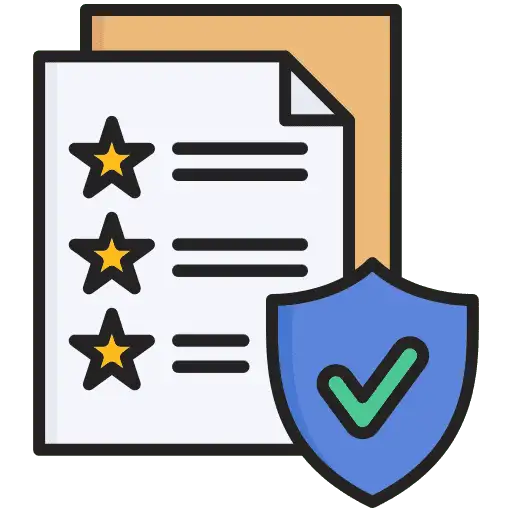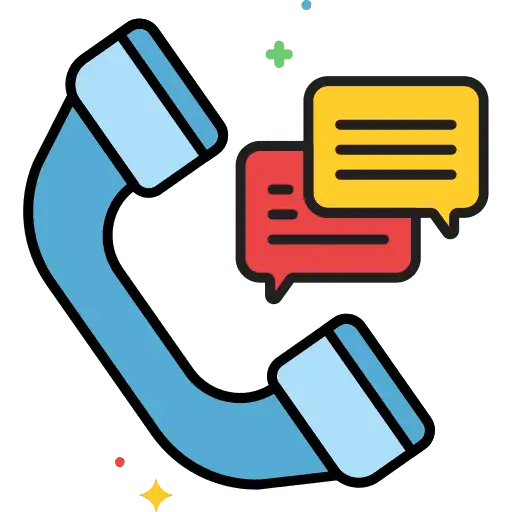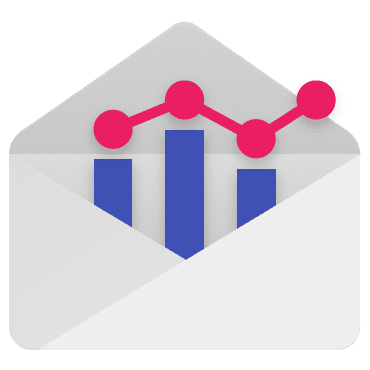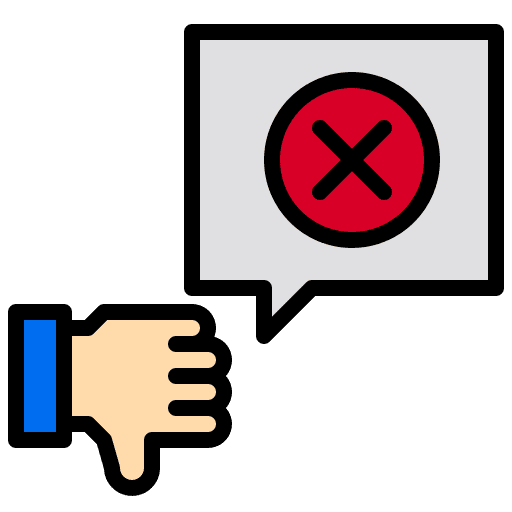Getting clients started on the right foot is key to avoiding confusion and ensuring satisfaction in the long run. Having a well-structured onboarding checklist can make this process much smoother. It’s like having a roadmap for a journey—if you know where you’re headed and have planned stops along the way, there’s less chance of getting lost or veering off course. For businesses offering GHL services, a solid checklist helps lay a solid foundation, making sure that all parties are on the same page from the beginning.
An onboarding checklist acts as a guide, allowing both the agency and the client to see what needs to be accomplished, what has already been done, and what’s coming next. It can prevent misunderstandings and ensure that no detail is overlooked. A good checklist streamlines the onboarding process, reduces hiccups, and frees up time to focus on what matters most—growing the relationship and achieving mutual goals. Ultimately, it not only enhances the client experience but also boosts agency efficiency.
Understanding Client Needs
Before jumping into creating an onboarding checklist, it’s important to understand what the client hopes to achieve. Every client comes with different goals and expectations, and recognizing these is the first step toward a successful onboarding process. When you’re clear about what the client wants, you can tailor the onboarding experience to meet those specific needs. This tailored approach builds trust and sets the stage for a productive partnership.
Here are some effective ways to gather and understand client expectations:
1. Ask Direct Questions: Begin with a friendly onboarding questionnaire that asks about the client’s goals and preferences.
2. Regular Meetings: Schedule initial meetings to dive deeper into their expectations. This personal interaction helps gather nuanced insights.
3. Feedback Mechanisms: Encourage clients to share feedback about their needs and any previous experiences they found beneficial or challenging.
Once you have a clear understanding of the client’s goals, set realistic expectations on both sides. Make sure clients understand what your GHL services can achieve and outline any limits that might exist. Establishing these boundaries early on helps to avoid disappointments later. Regular check-ins also ensure that everyone stays aligned on objectives and that adjustments can be made as needed. This approach emphasizes partnership, allowing for a smoother ride throughout the business relationship.
Creating the Checklist
Now that we understand the client’s needs, it’s time to put together a practical and comprehensive onboarding checklist. This checklist acts as a backbone for the onboarding process, ensuring that no crucial steps are missed and that the client feels supported throughout. There are several key components to consider:
1. System Setup: Ensure all necessary hardware and software are ready for use. This includes setting up accounts, integrating necessary tools, and confirming that everything is ready for the client to start using the service.
2. Training Sessions: Schedule sessions to help clients understand how to use the tools and features effectively. Tailored training can empower clients, giving them confidence in managing their accounts.
3. Resource Allocation: Make sure that both parties are clear on the resources available during the onboarding phase, whether it’s support time, access to special features, or additional services.
Personalizing the checklist based on each client’s specific needs can greatly enhance its effectiveness. For instance, if a client is more familiar with digital tools, perhaps fewer training sessions are necessary, while a client new to the platform may benefit from a more hands-on approach. By adjusting the checklist to fit individual client profiles, you cater more directly to their unique circumstances and goals.
Effective Communication
Keeping the lines of communication open is a critical part of the onboarding process. Clear and consistent communication helps clients feel engaged and valued. Here’s how you can maintain strong communication throughout the onboarding journey:
– Weekly Updates: Send regular progress updates to clients, highlighting what has been completed and what is upcoming. This transparency helps manage expectations and minimizes confusion.
– Q&A Sessions: Provide opportunities for clients to ask questions and get clarifications about their onboarding steps. This ensures they are never left guessing about what they need to do next.
– Feedback Loops: Encourage clients to provide feedback on the process. Are there areas they find challenging? Use this information to tweak the onboarding checklist for better future interactions.
By actively engaging clients and inviting their input, you foster a strong sense of partnership. This collaborative spirit helps create a welcoming and productive atmosphere, allowing both the agency and the client to work towards success together.
Post-Onboarding Follow-Up
Even after the checklist items are ticked off, maintaining contact with clients is important. A good follow-up strategy reinforces the relationship and ensures that any lingering challenges are addressed. This practice makes the transition from onboarding to regular service smooth.
At the end of the onboarding phase, consider setting up a follow-up meeting to discuss any additional help the client might need, answer questions, and explore next steps for effectively using GHL services. Keeping the conversation going beyond onboarding shows your commitment to ongoing support and customer satisfaction, which in turn builds long-term loyalty
By dedicating time and resources to these follow-up actions, you not just exceed client expectations, but also deeply embed client satisfaction into every stage of the onboarding journey.
To keep your agency’s onboarding process seamless and effective, consider diving deeper into GHL services and enhancing your strategies. Growthable offers tailored solutions and expert guidance to help you master these critical components, improving client interactions and streamlining operations effortlessly.










